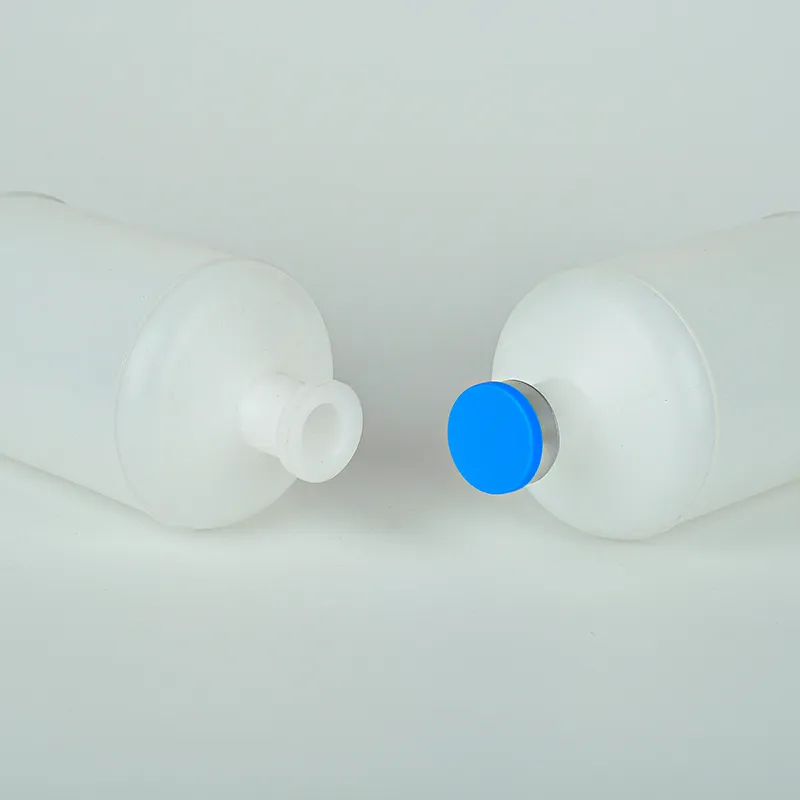Eco-Friendly 500ml Plastic Bottles for Juices and Beverages Ideal for Daily Use
Understanding the Demand for 500ml Plastic Juice Bottles
In today's fast-paced world, convenience is a key factor driving consumer choices, especially in the beverage industry. One of the most popular types of packaging that has emerged in recent years is the 500ml plastic juice bottle. These bottles have become a staple in grocery stores, convenience shops, and even online platforms due to their practical size and lightweight materials. This article will explore the various reasons behind the growing popularity of 500ml plastic juice bottles, their environmental implications, and the future of this packaging format.
The Appeal of 500ml Size
The 500ml size strikes a perfect balance between providing enough juice for immediate consumption and being portable enough to carry on the go. This volume is ideal for individuals seeking a quick and healthy refreshment during their busy days or those who want a moderate portion as part of their meals. For families, these bottles are convenient to pack for picnics, road trips, or school lunches, allowing parents to provide their children with a nutritious option without the fuss of traditional glass containers, which are often heavier and more prone to breakage.
Design and Usability
500ml plastic juice bottles are typically designed with ergonomics in mind. The small, lightweight structure makes them easy to hold, pour, and store. They often feature user-friendly caps that ensure a secure seal, preventing spills and preserving the freshness of the juice inside. Furthermore, private-label products in supermarkets have embraced this design, providing competitive pricing and appealing branding that captures consumer attention.
Shelf Life and Freshness
Plastic bottles, particularly those made from polyethylene terephthalate (PET), are highly effective in preserving the freshness and quality of juices. This material has excellent barrier properties that protect the product from air and moisture, which can lead to spoilage. As consumers become more health-conscious, the demand for fresh and preservative-free juices continues to rise. 500ml plastic juice bottles cater to this trend by offering a shelf-stable product that doesn't compromise on taste or freshness.
500ml plastic juice bottles

Environmental Considerations
While the convenience of plastic juice bottles is undeniable, the environmental implications of their use cannot be overlooked. Plastic waste has become a significant concern globally, with millions of plastic bottles ending up in landfills and oceans each year. To address these issues, many companies are now producing 500ml plastic juice bottles using recycled materials or developing compostable options. Additionally, consumers are encouraged to recycle their bottles after use, leading to a more sustainable lifecycle for the packaging.
Governments and organizations around the world are also implementing stricter regulations to limit plastic waste, which has resulted in increased accountability for manufacturers. Brands that prioritize sustainability in their product offerings are likely to appeal to the growing environmentally-conscious consumer base. This shift has prompted innovation in the production of biodegradable plastics and alternative materials that can replace traditional plastic without compromising functionality.
The Future of 500ml Plastic Juice Bottles
Looking forward, the market for 500ml plastic juice bottles will likely continue to evolve, driven by the dual pressure of consumer demand and environmental responsibility. Companies are expected to invest in research and development to create better materials and designs that meet these changing needs. For instance, the rise of personalized nutrition may lead to innovations in packaging that allow consumers to customize their juice options, from ingredients to portion sizes.
Moreover, as e-commerce expands, the demand for durable and resilient packaging will increase. Companies may explore various shapes and designs that provide not only aesthetics but also practical benefits such as better stackability and reduced shipping costs. Additionally, with the increasing application of smart technology in packaging, we may see 500ml plastic juice bottles equipped with QR codes that provide information about the juice's source, nutritional content, and recycling instructions, further enhancing consumer engagement.
Conclusion
In conclusion, 500ml plastic juice bottles have solidified their position in the beverage industry due to their practicality, usability, and ability to preserve product quality. As consumer preferences shift towards sustainability, manufacturers are presented with both challenges and opportunities to innovate. The future of 500ml plastic juice bottles looks promising, with advancements in materials and design paving the way for more environmentally friendly options without sacrificing convenience or taste.
-
Aesthetic Makeup Spray Bottles | Fine Mist Empty RefillableNewsAug.19,2025
-
White Plastic Veterinary Vaccine Vials | Lab Liquid BottlesNewsAug.18,2025
-
Plastic Medicine Liquid Bottle: Secure Flip Top Drug VialsNewsAug.17,2025
-
Durable 250ml Blue Plastic Vaccine Vial for Lab & Vet UseNewsAug.16,2025
-
Sterile Virus Sample Tubes: Secure & Reliable Specimen CollectionNewsAug.15,2025
-
White 250ml Plastic Vaccine Vial for Lab & Vet MedicineNewsAug.14,2025
























